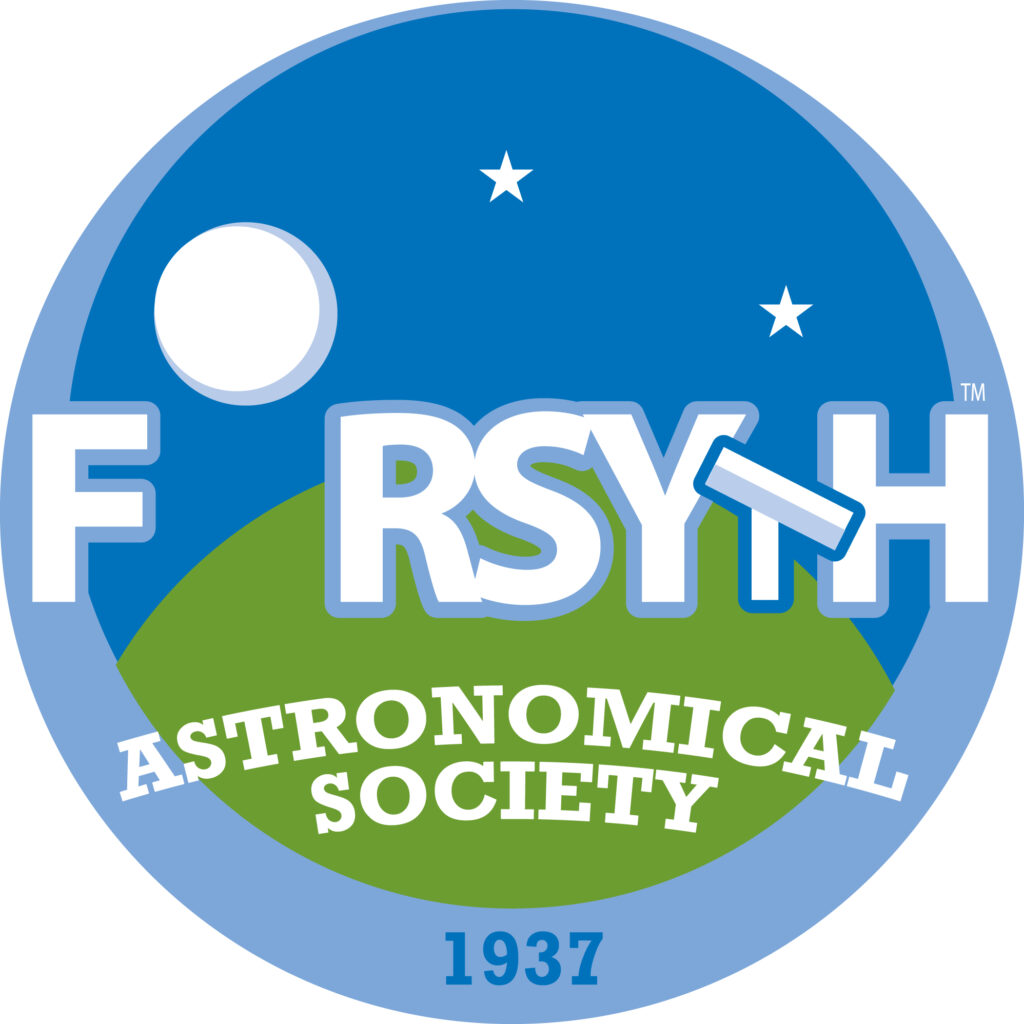A lunar eclipse is safe to view at any time. However, A SOLAR ECLIPSE IS NOT. It is NOT safe to look at the Sun without proper eye protection.
Always view a solar eclipse using reputable (ISO 12312-2 approved) eclipse glasses or viewers. You can also use something like a pin hole camera to cast the shadow of the Sun’s image on a surface. DO NOT use sunglasses.
Hold the eclipse glasses or viewer close to your eyes – NOT at arm’s length. DO NOT use them with binoculars or a telescope.




If viewing the Sun through a telescope, use a solar telescope or a reputable solar filter that completely and snugly fits over the front of the telescope.
- DO NOT use a small filter that fits over the eyepiece.
- DO NOT use eclipse glasses or viewers with your telescope.
- DO NOT look through your finder unless it also has a full aperture solar filter.
- It is best to remove or cover up your finder. Line up your telescope by looking back at its shadow and NOT forward directly at the Sun.


A solar eclipse can be viewed without eclipse glasses, viewers, or solar filters ONLY DURING TOTALITY. However, as soon as any light appears you MUST immediately use appropriate eye protection as noted above.
Always check your eclipse glasses, viewers, and filters for scratches, cracks, or damage – discard them if you find anything. Pay close attention to all safety information printed on these devices when viewing the Sun.
Please Note: FAS does not endorse or recommend any supplier of eclipse glasses, viewers, or solar filters – nor do we certify the safety of any available eclipse glasses or solar filters. We only provide information as is available on public websites.
References (Suppliers of Eclipse Glasses and Solar Filters)
- Rainbow Symphony Eclipse Glasses. https://www.rainbowsymphonystore.com/collections/eclipse-glasses-safe-solar-viewers
- GreatAmericanEclipse.com eclipse glasses. https://www.greatamericaneclipse.com/eclipse-viewing
- Astronomy Magazine eclipse glasses. https://myscienceshop.com/catalog/solar-eclipse
- Thousand Oaks Optical. https://thousandoaksoptical.com/
References (Recommendations for Eclipse Glasses)
- “Best Solar Eclipse Glasses.” The Nine Planets. https://nineplanets.org/guide/best-solar-eclipse-glasses/
- “Best solar eclipse glasses.” BBC Sky at Night Magazine. April 1, 2022. https://www.skyatnightmagazine.com/top-astronomy-kit/best-solar-eclipse-glasses/
- “Suppliers of Safe Solar Filters & Viewers.” American Astronomical Society. https://eclipse.aas.org/resources/solar-filters
References (Pinhole Cameras)
- “How to Make a Pinhole Camera.” NASA/JPL-Caltech. https://www.jpl.nasa.gov/edu/learn/project/how-to-make-a-pinhole-camera/
- “How to View the Solar Eclipse with a Pinhole Projector.” Credit: NASA’s Goddard Space Flight Center. https://cilab.gsfc.nasa.gov/12638
References (Solar Viewing and Eclipse Safety)
- “Solar Eclipse Safety.” NASA. https://solarsystem.nasa.gov/eclipses/safety/
- “Eye Safety During a Total Solar Eclipse.” NASA. October 20, 2022. https://solarsystem.nasa.gov/eclipses/2024/apr-8-total/safety/
- Genna Duberstein (Produced by). “Watching the Friendly Skies – Eclipse Safety Tutorial.” NASA Scientific Visualization Studio. June 21, 2017. https://svs.gsfc.nasa.gov/12517
- “What to Do with Your Solar Eclipse Glasses.” NASA. August 24, 2017. https://www.nasa.gov/feature/what-to-do-with-your-solar-eclipse-glasses
- “How to Tell If Your Eclipse Glasses or Handheld Solar Viewers Are Safe.” American Astronomical Society. https://eclipse.aas.org/eye-safety/iso-certification
- Candina Jordan. “What to Know About Solar Eclipse Glasses.” WebMD. August 30, 2022. https://www.webmd.com/eye-health/what-to-know-solar-eclipse-glasses
- “Eclipse Glasses Safety Info.” Eclipseglasses.com (American Paper Optics.) https://www.eclipseglasses.com/pages/safety
- Anne Buckle and Aparna Kher. “Do Sunglasses Protect Eyes in a Solar Eclipse?” timeanddate. https://www.timeanddate.com/eclipse/eclipse-tips-safety.html



You must be logged in to post a comment.